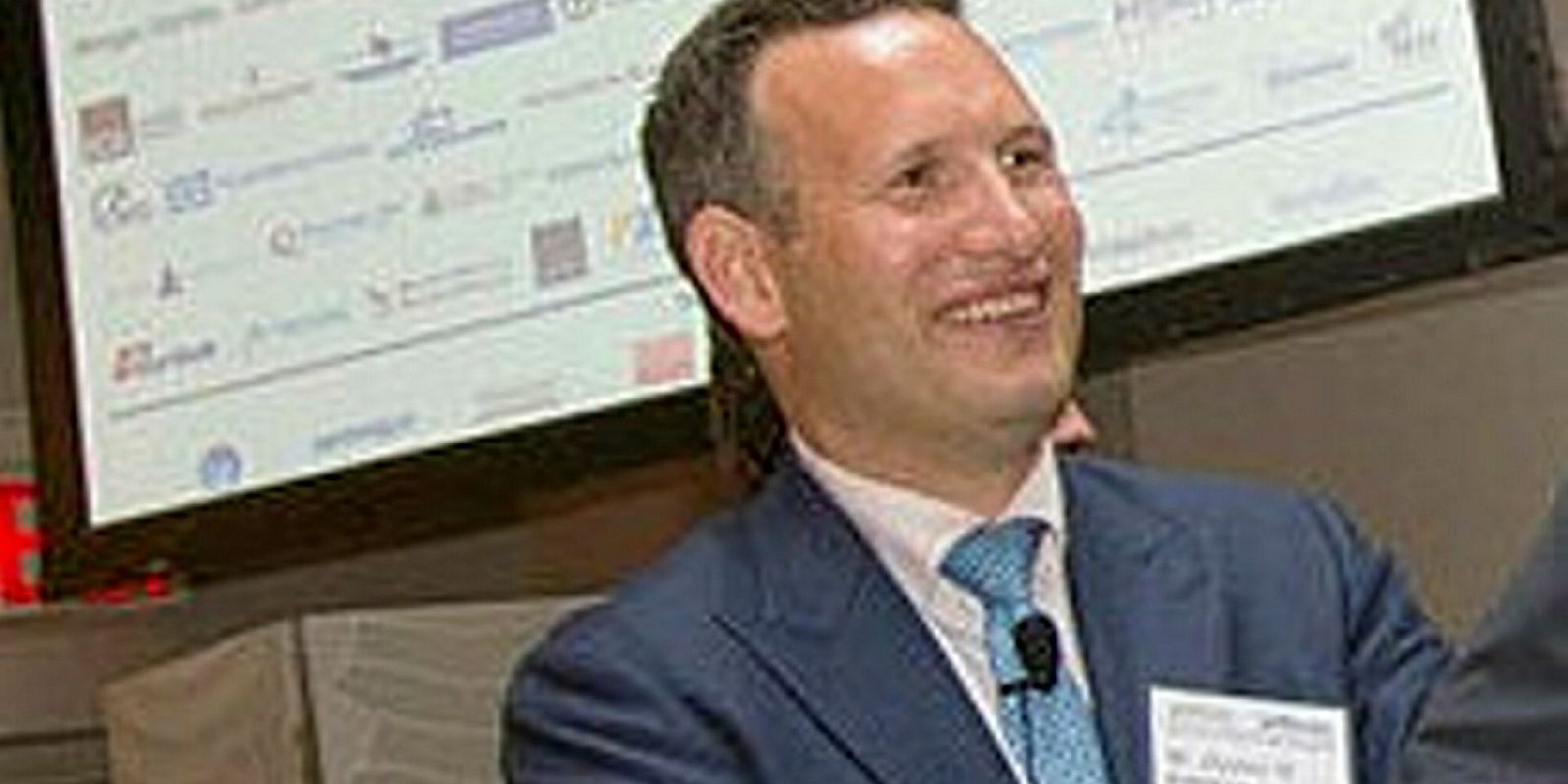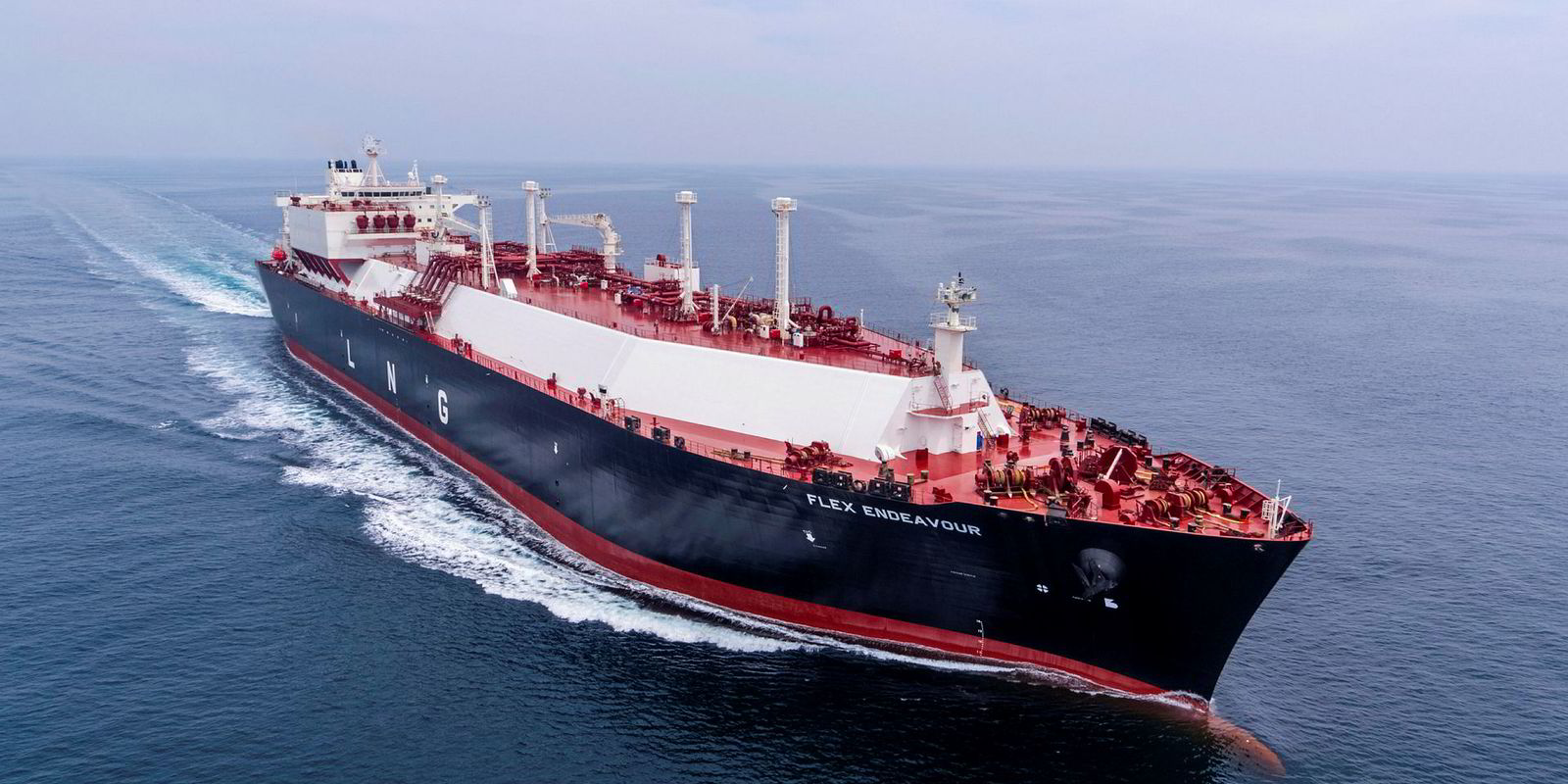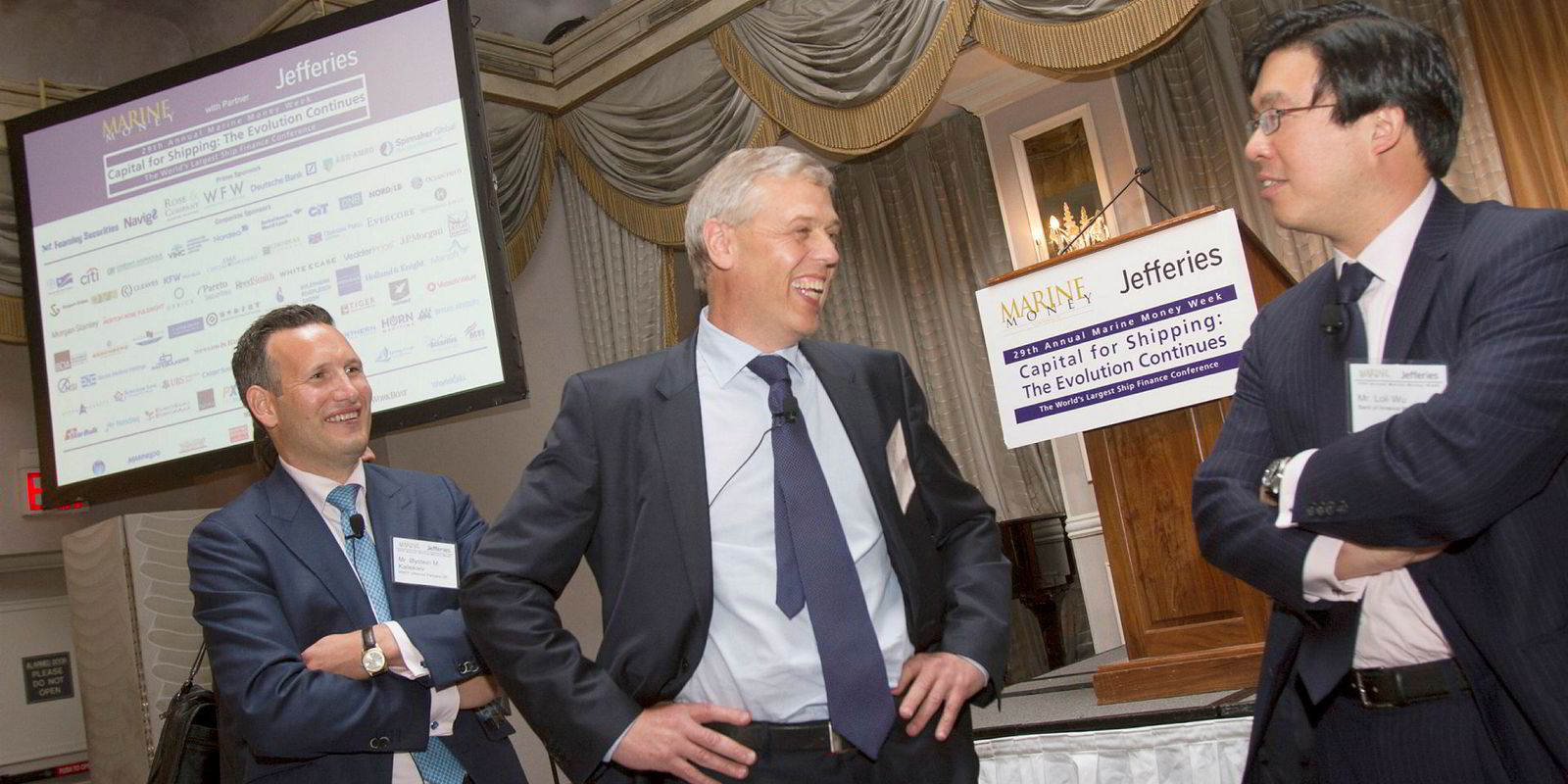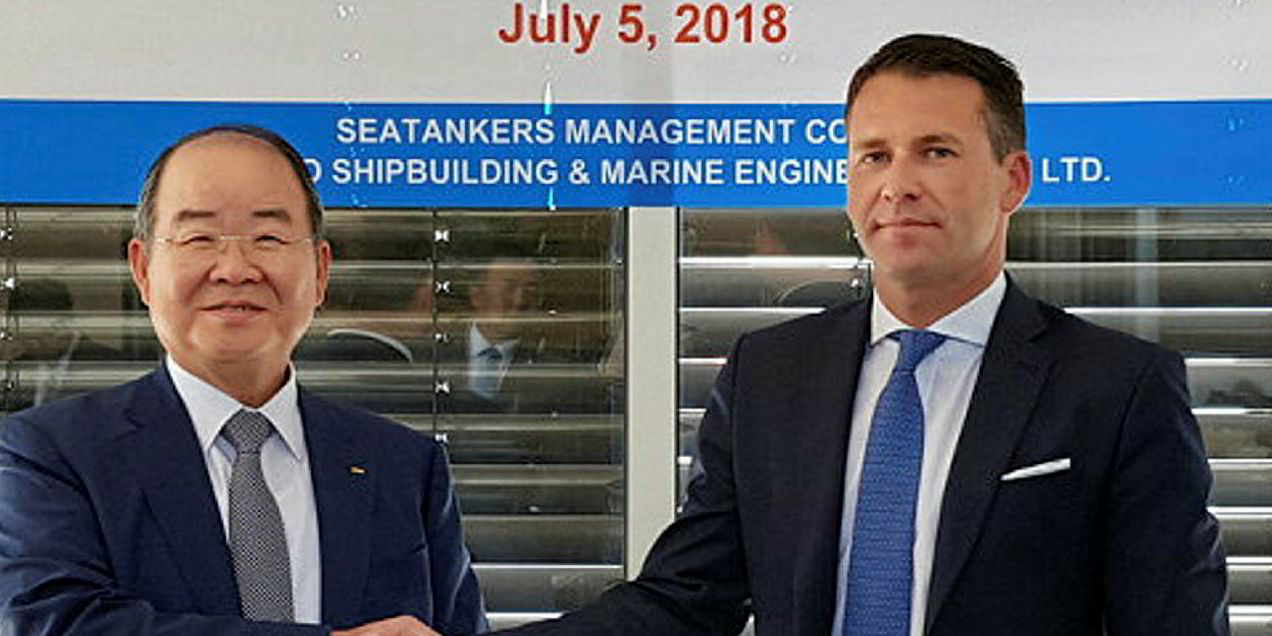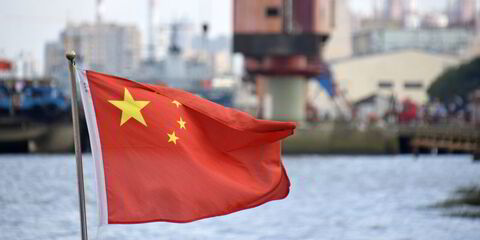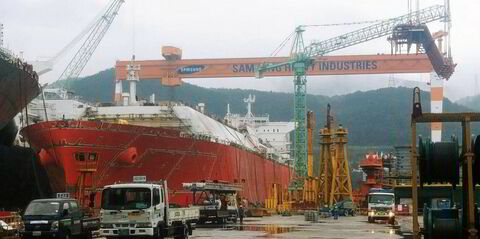Flex LNG boasts a fleet of eight vessels, but with five newbuildings inked by 52% shareholder John Fredriksen, its numbers could grow to 13-plus in what is promising to be a strong LNG shipping market.
New chief executive Oystein Kalleklev says Oslo-listed Flex will probably seek a stock listing in the US, possibly in 2019, as the company grows its business.
“We have changed our accounts this year to facilitate a US listing,” he tells TradeWinds. “That is something we are working on.”
Kalleklev points out that most of the companies in Fredriksen’s Seatankers group are US-listed.
“It is fairly inevitable,” he says. “Most of our peers are listed there. It is a bigger capital market, and when you have big expensive assets, you need to have access to a bigger capital market eventually.”
But he adds: “It is not like we are going to do a regular IPO [initial public offering]. It is just too expensive and I don’t see a lot of value in it, given the sentiment in the US for shipping, although LNG is a bit different.”
Kalleklev emerged as chief executive in August, after Jon Cook stepped down in May following a publicly announced change of strategy by the company.
Executive poaching
In the interim, Flex poached Golar LNG chartering chief Marius Foss, and in August, Kalleklev took on the chief executive role while also continuing as chief financial officer.
Kalleklev points out that nobody at Flex’s staff of five has been there for more than a year.
“We are building a new shipping company from the ground up,” he says, and staff will be added as Flex scales up and takes on aspects such as accounting and newbuilding supervision for which it has previously used Frontline and Seatankers’ shared services.
A new chief financial officer is expected to be appointed soon.
Flex has four LNG carriers on the water and another quartet due to join in the next two years. But the company has potential to grow much larger.
Fredriksen’s Seatankers Management interests have contracted seven LNG newbuildings in South Korea for delivery in 2020 to 2021.
Two of these — the 174,000-cbm Flex Aurora and Flex Amber — were acquired by Flex this year with cash raised from a sale-and-leaseback transaction on one of its other newbuildings.
Kalleklev admits that Fredriksen, whom he does not name but simply refers to throughout as Flex’s major shareholder, has a record of being supportive of his companies, which Kalleklev says gives the outfit a way to grow to a more relevant size.
“It is no secret that our main shareholder is very positive to LNG,” he says. But he stresses: “The principal shareholder is the owner,” explaining that Fredriksen could choose to fix the ships out, sell them or ask Flex to manage them while maintaining private ownership.
“We have no agreement with him on them. We have a dialogue,” he says, adding that there is no rush as the ships’ delivery dates are some way off. “But if we want to grow the Flex fleet, these are the ideal vessels because they are the modern type and that is what we are aiming for.”
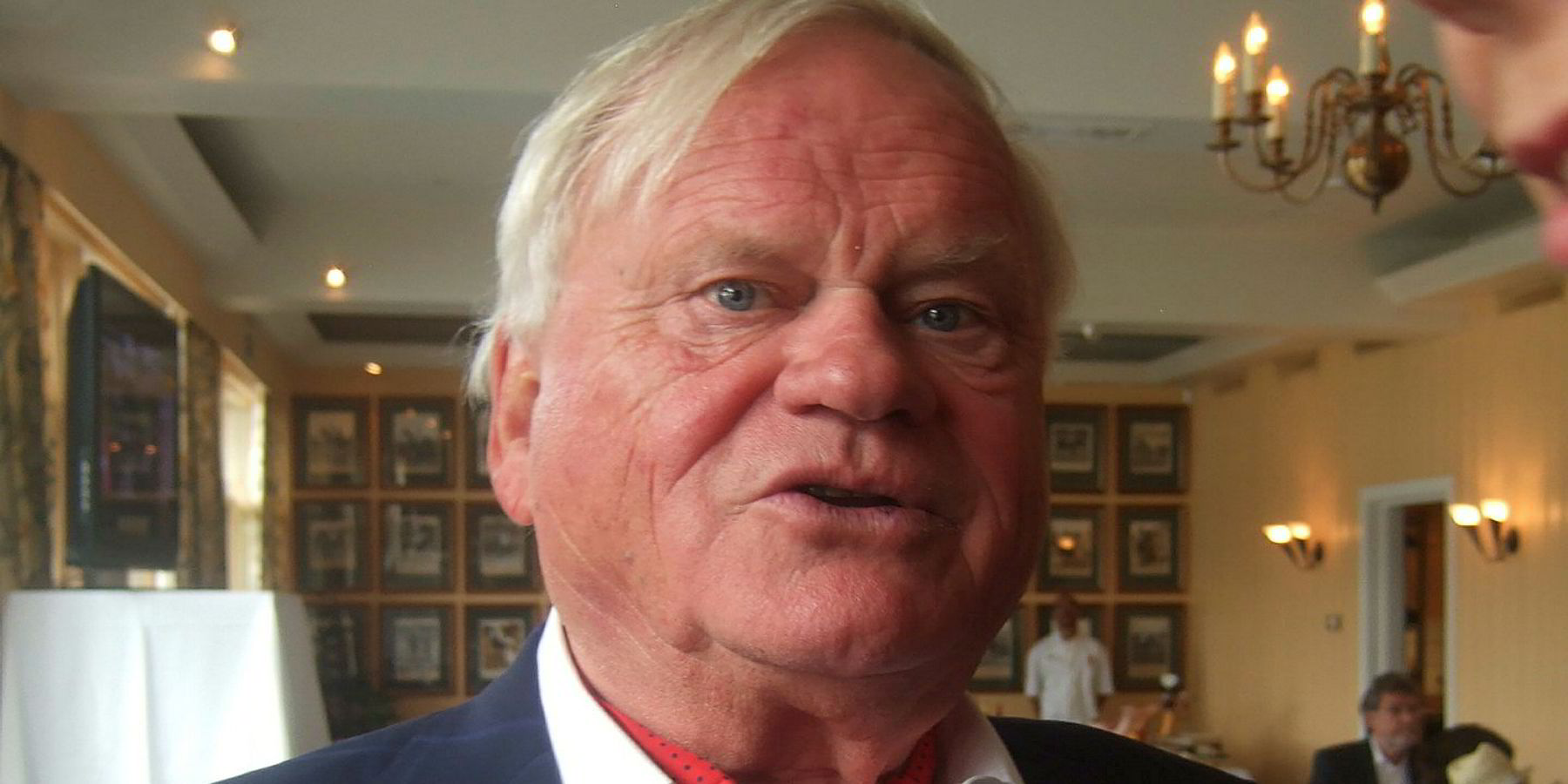
He declines to comment on any options that yards might be holding, pointing out that Fredriksen’s interests are a private company.
Kalleklev says Flex will become a sizeable company but he has no set number in mind for the fleet. “That’s not the way we work. We are only growing if we think it is great value.”
He says a double-digit number of ships would enable the company to operate at least one vessel in each of the three trading basins and so provide better logistics when opportunities arise.
He believes investors prefer companies with a market capitalisation typically around $1bn. Flex is about $670m now, he says, so it is becoming a “more relevant” size.
“For us, we invest in assets now which we think have much less residual risk at a very good price and then we do it into a market which is growing, has very good fundamentals and where we think we also have early-phase recovery of the market,” he says.
“It is a very good proposition and that’s why we do it. We are willing to bet on it and we are willing to bet on it with our money.
“We strongly believe that if we are going to do something, we are going to do it big time.”
He points out that it is not the norm in LNG shipping to make large speculative investments in tonnage and elect not to take long-term time charters, although he says the company has the balance sheet to withstand a poor market.
“We are putting money behind our words. But we are also very convinced that we are right.”

